USDT vs Cash: Why Digital Dollars Might Be Winning the War
USDT vs Cash: Why Digital Dollars Might Be Winning the War
Let’s cut through the noise: cash isn’t dead… but it’s definitely limping. And USDT vs cash? It’s not just a tech nerd debate anymore — it’s a reflection of how fast our world’s moving and how slow traditional money is to keep up.
Stablecoins like USDT (Tether) are creeping into everyday transactions — and while some folks cling to paper bills like they’re sacred scrolls, others are already living in a digital dollar reality. So which side makes more sense? Here’s the unfiltered breakdown.
USDT Vs Cash: The Dollar That Doesn’t Crinkle
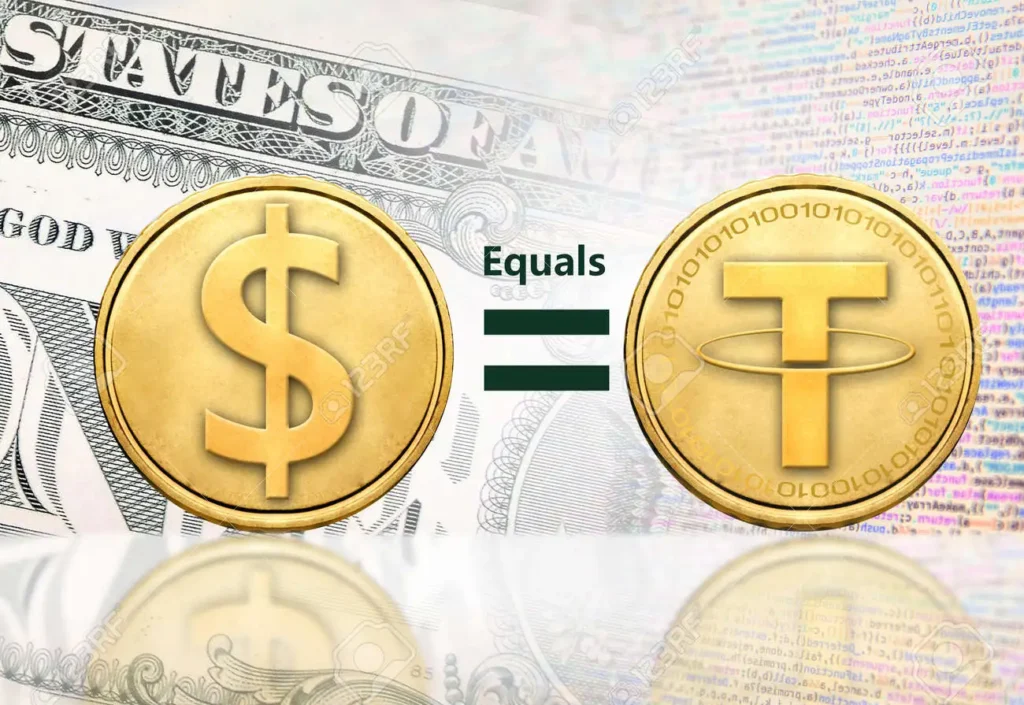
USDT is what you get when you mash up crypto with the U.S. dollar. It’s meant to be stable — always worth one buck — while being fast, portable, and free from the usual banking red tape. Sounds ideal? Well, kinda.
In theory, 1 USDT equals 1 USD. In reality, it’s a trust-based promise. You’re trusting that Tether has the actual cash to back every digital coin they mint. That’s been… debated. Regulators have poked around, critics have raised eyebrows, and yet — people are still using it.
Why? Because it works (mostly). And because it’s way more convenient than dealing with banks or stacks of greenbacks.
The Convenience Question: Clunky Cash vs Instant Transfers
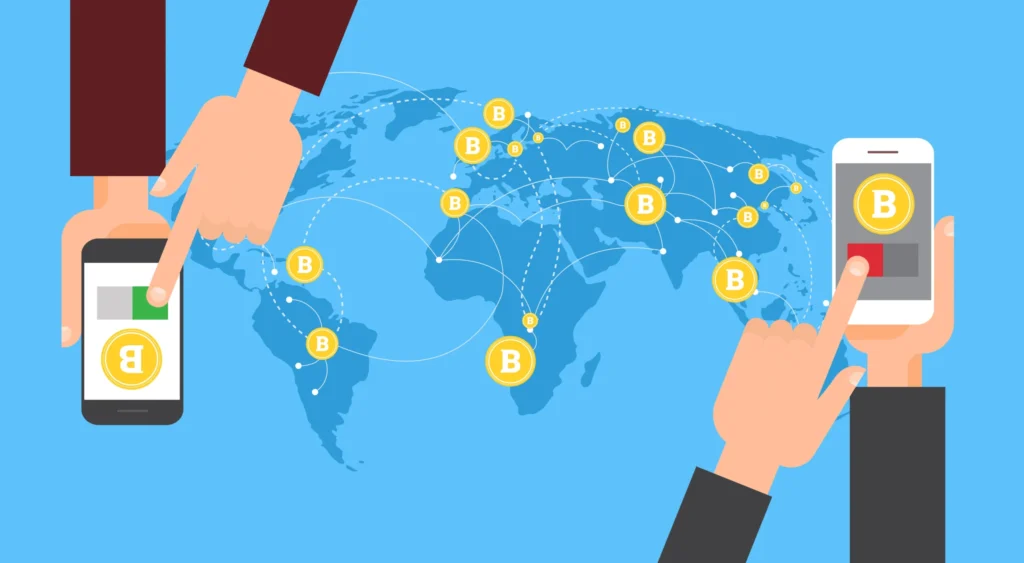
Let’s be real: cash is a pain.
You’ve got to carry it. Count it. Store it. Lose it. Then there’s ATMs, which either aren’t nearby or charge you like you’re taking out a loan. And don’t even start with international travel — currency exchange fees are highway robbery.
USDT? It zips across borders in seconds. Need to send your friend $50 in Brazil from your couch in New York? Done. No lines, no banks, no waiting three business days. That alone puts it miles ahead in terms of convenience.
But Can You Actually Use USDT to Buy Stuff?
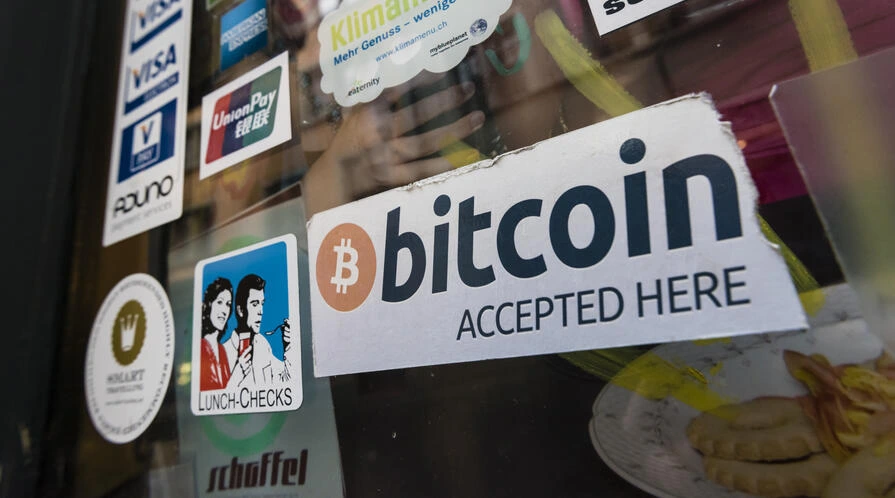
Short answer: not everywhere, and not yet.
Sure, you can pay online vendors, some freelancers, and a growing number of merchants. But try buying a burger in your local diner with USDT and you’ll probably get a confused look — or maybe kicked out.
That’s the one big edge cash still holds: near-universal acceptance. It’s the fallback currency. It just… works, no questions asked.
The Trust Game: Backed by the Fed vs Backed by Belief
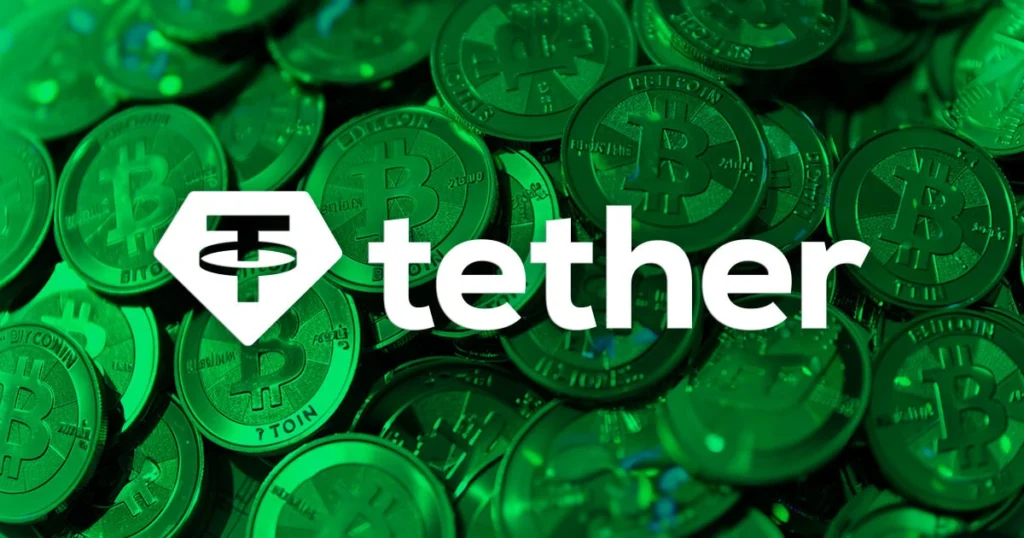
Cash is backed by governments, central banks, and, whether you like it or not, decades of economic systems.
USDT? It’s backed by Tether — a private company. And they’ve had their share of legal run-ins and questions about transparency. Critics argue it’s a house of cards. Supporters say it’s just early-stage disruption. The truth? Somewhere in the middle.
You either trust the system or you trust the code. And frankly, neither is perfect.
Privacy: A Surprising Win for Old-School Cash

Here’s one nobody talks about enough: privacy.
Cash is anonymous. No names, no logs. You hand it over, it’s done.
USDT? Every transaction is recorded on the blockchain — forever. That ledger doesn’t say “John Smith sent $100,” but it shows your wallet address and all your moves. That’s not as private as most think. And in an age of surveillance, that matters.
So ironically, the most analog form of money might still be the most discreet.
Global Perspective: Why USDT Is Growing Fast Outside the West

In places where inflation is out of control — think Argentina, Turkey, parts of Africa — people are fleeing their local currencies like a burning building. And guess what they’re grabbing?
Not physical dollars (hard to find), but USDT. It’s accessible, digital, and stable (enough). That’s huge.
But again, it assumes access to internet and smartphones. In places without tech infrastructure? Cash remains king — not because it’s better, but because it’s all that’s available.
Fees, Transfers & Hidden Costs
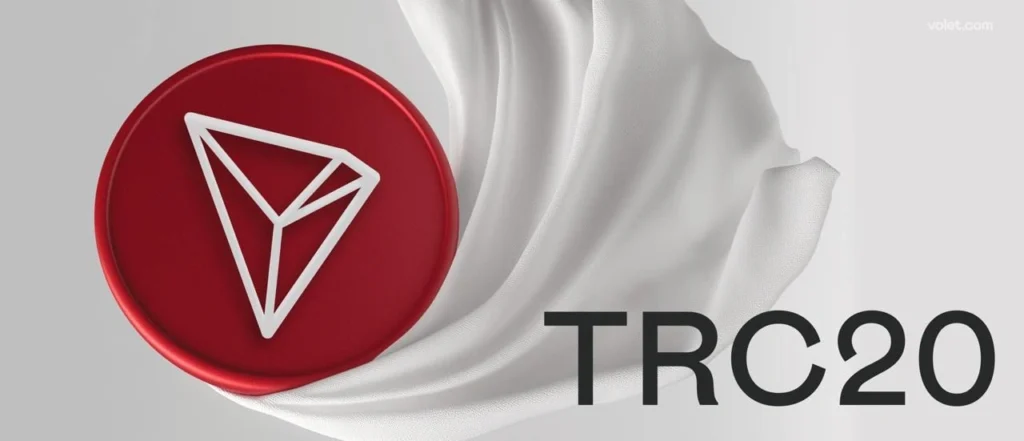
Cash seems “free,” but it’s not. Between ATM fees, bank fees, and the pain of handling physical money, it adds up.
USDT’s transfers are cheap — especially if you’re using efficient blockchains like Tron. But Ethereum? That can get expensive. Plus, wallet services often tack on fees. So while it’s cheaper than banks overall, it’s not a total free ride.
USDT vs Cash: Who’s Really Winning?
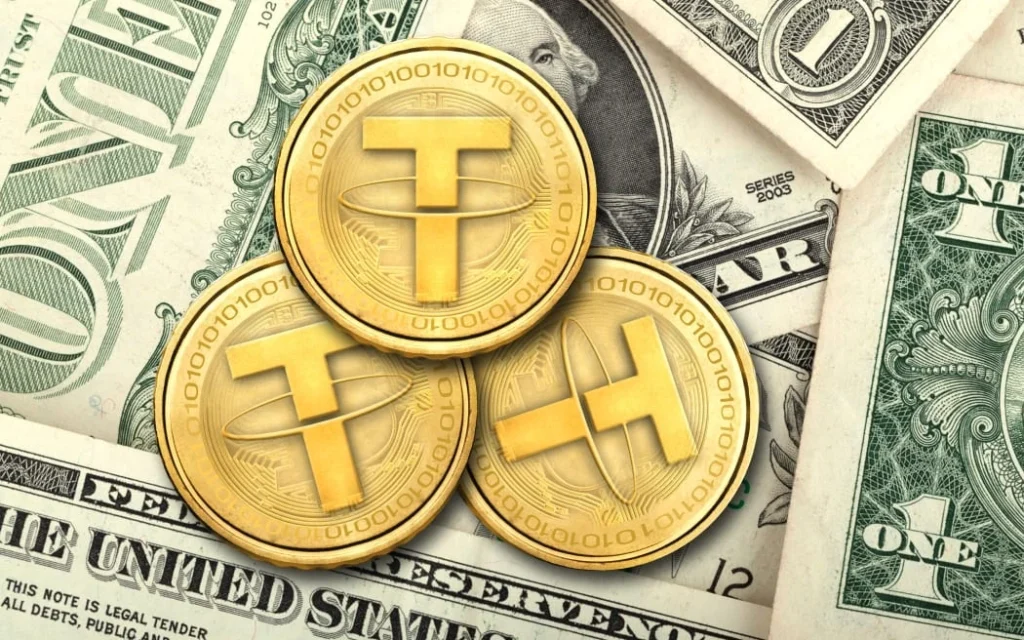
Depends on who you ask.
If you’re a city dweller, trading online, sending money abroad — USDT might already be your go-to. But if you’re dealing in person, in smaller towns or less connected regions, cash still makes more sense.
This isn’t a knockout win for either side. It’s more like two players in a tug-of-war where the rope keeps stretching.
Final Take: Cash Isn’t Dead, But USDT Is the Future
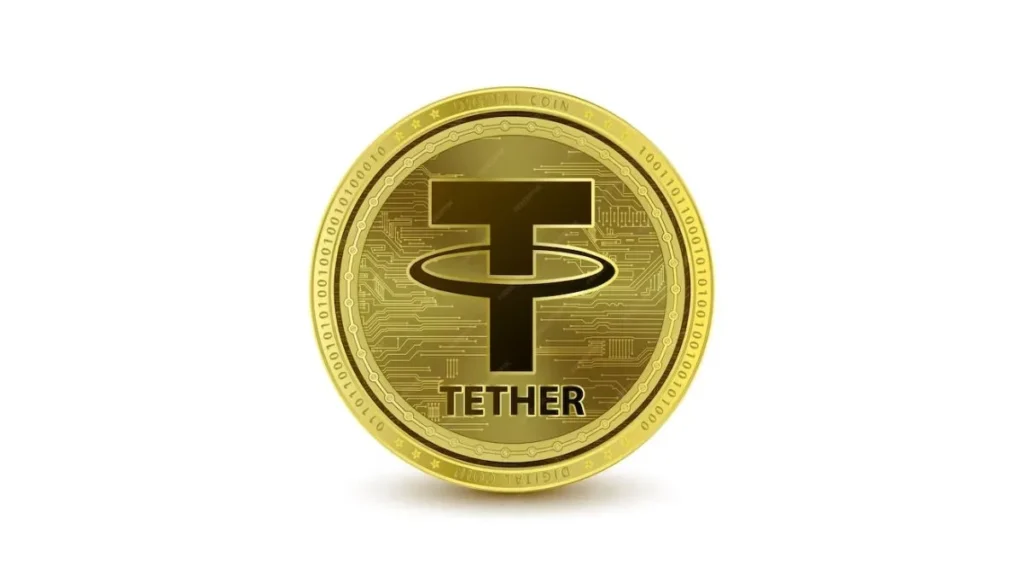
Here’s the bottom line: USDT vs cash is less about “either/or” and more about “when/where.”
Cash still has a role — maybe even a crucial one. But if you’re watching the trends, the movement, the tech? Digital dollars are catching up — fast.
The smart move isn’t picking a side. It’s understanding both, and knowing how to use them when it counts.
Relevent news: Here




